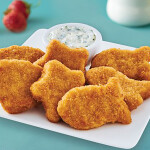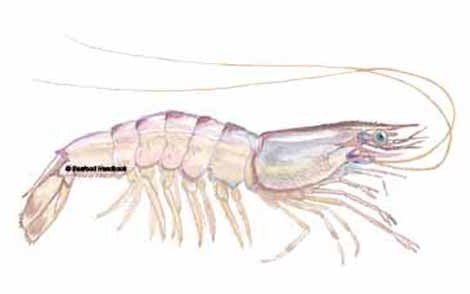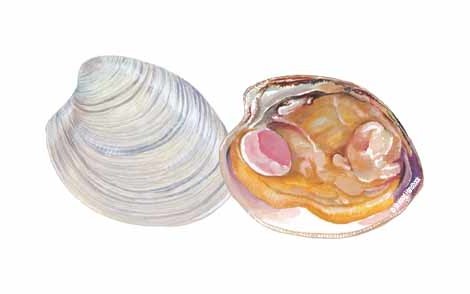Seafood Handbook Shellfish Page
The Seafood Handbook is the most comprehensive seafood directory available online. Featuring more than 100 of the most common seafood species in the U.S. market, the Seafood Handbook is the ultimate guide to seafood sourcing and preparation, brought to you by the editors of SeaFood Business magazine. And it’s free!
Search by finfish or shellfish, or by geographic region. For each type of seafood species, there is a comprehensive overview of the item, its origin, history, availability, product attributes, nutritional value and cooking tips, along with an original hand-drawn depiction.
Explore Shellfish by searching here:
At one time held in low esteem, the blue mussel has become an aquaculture and culinary success story. While they grow wild, mussels are also farmed in Europe and on both coasts of North America. Maine is the largest U.S. producer, but the domestic market also draws farmed mussels from
… Read More














